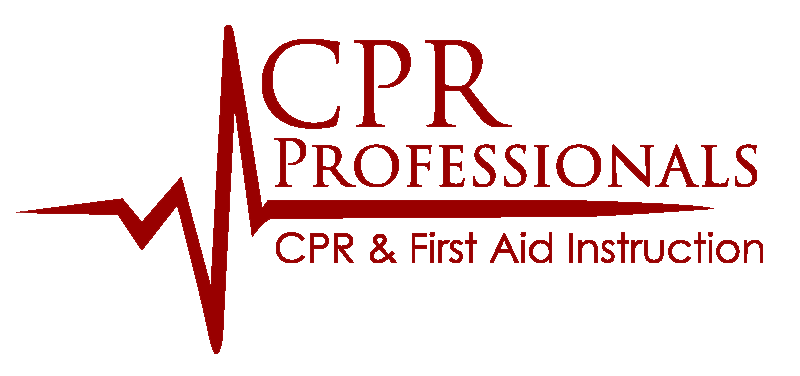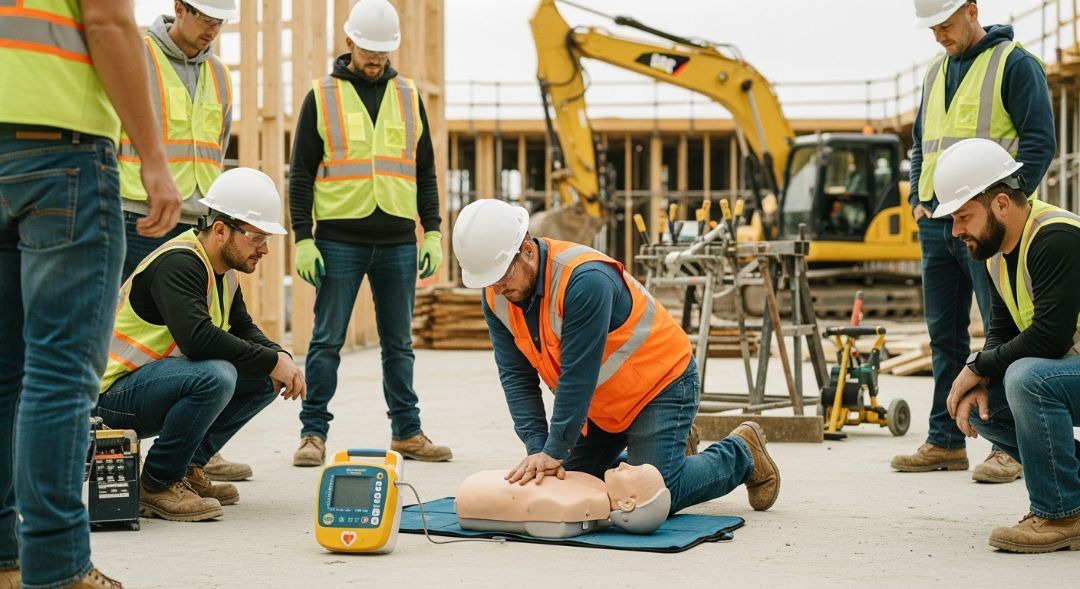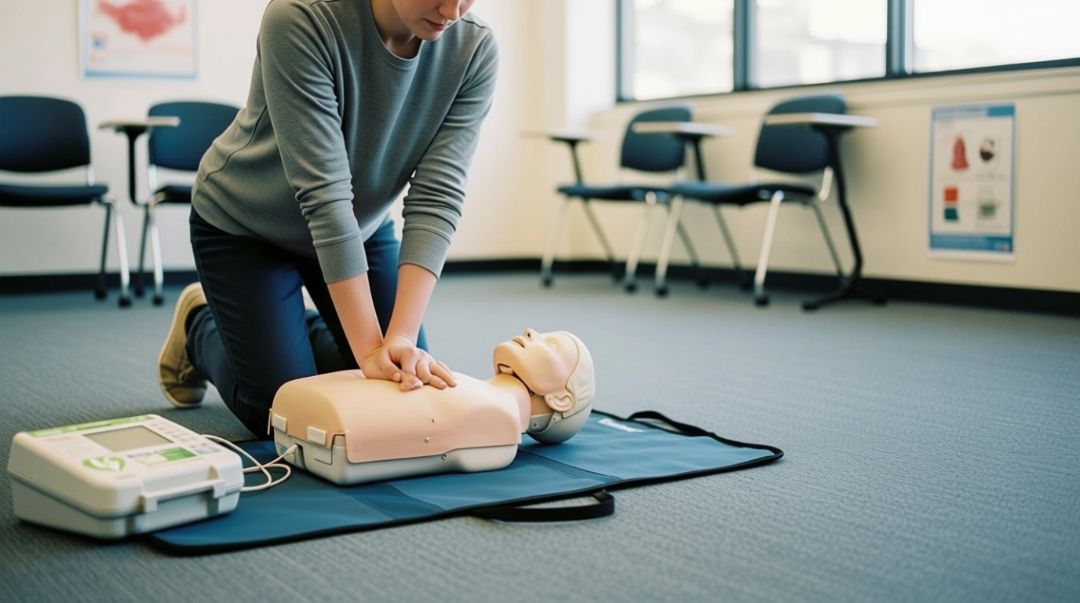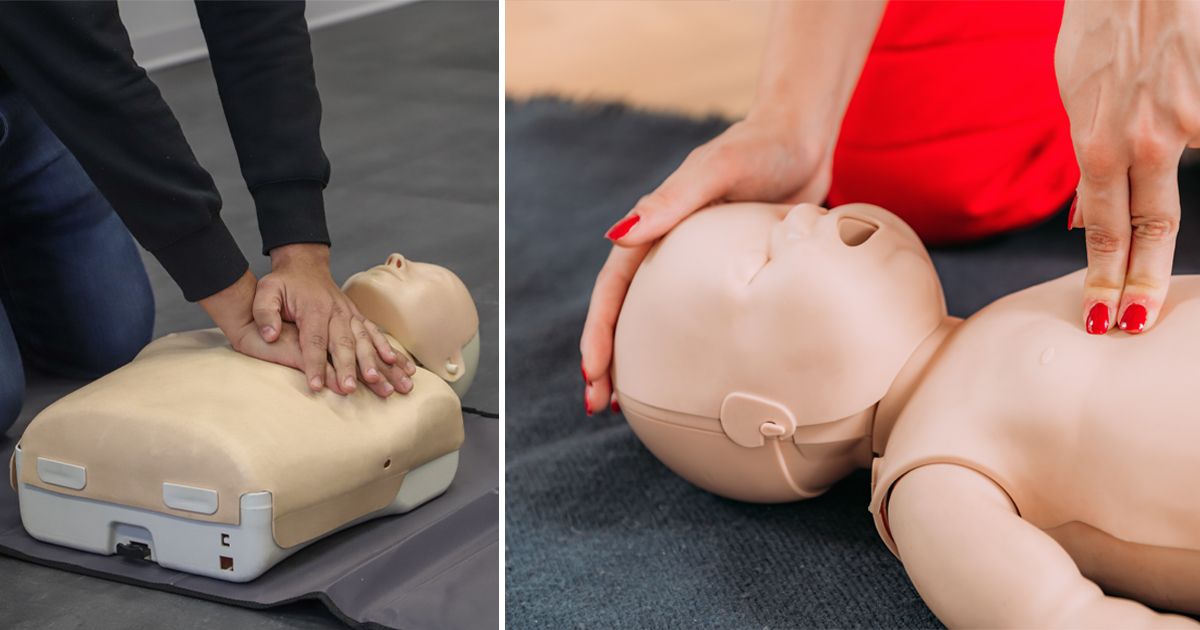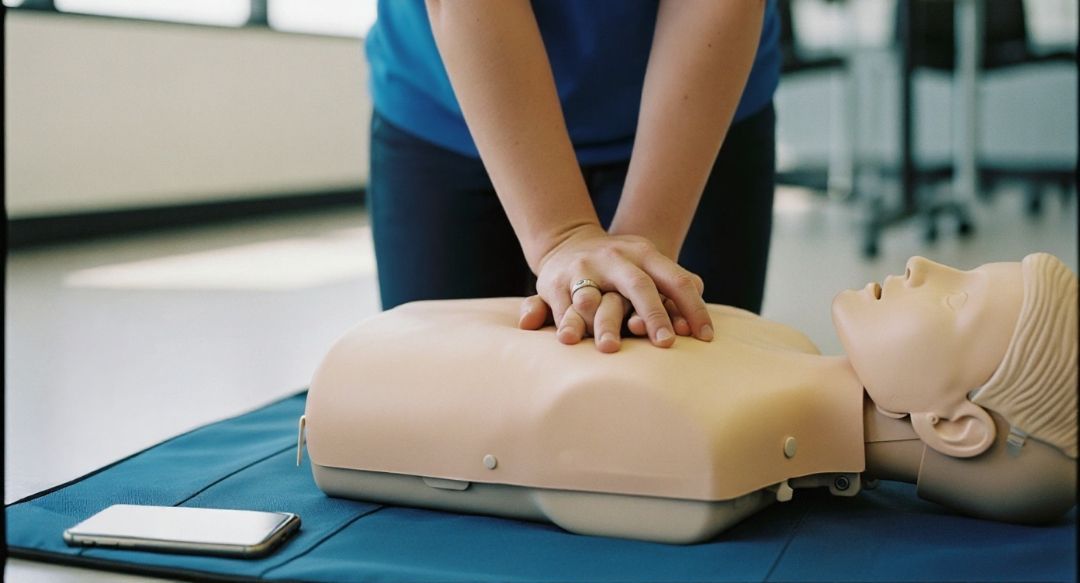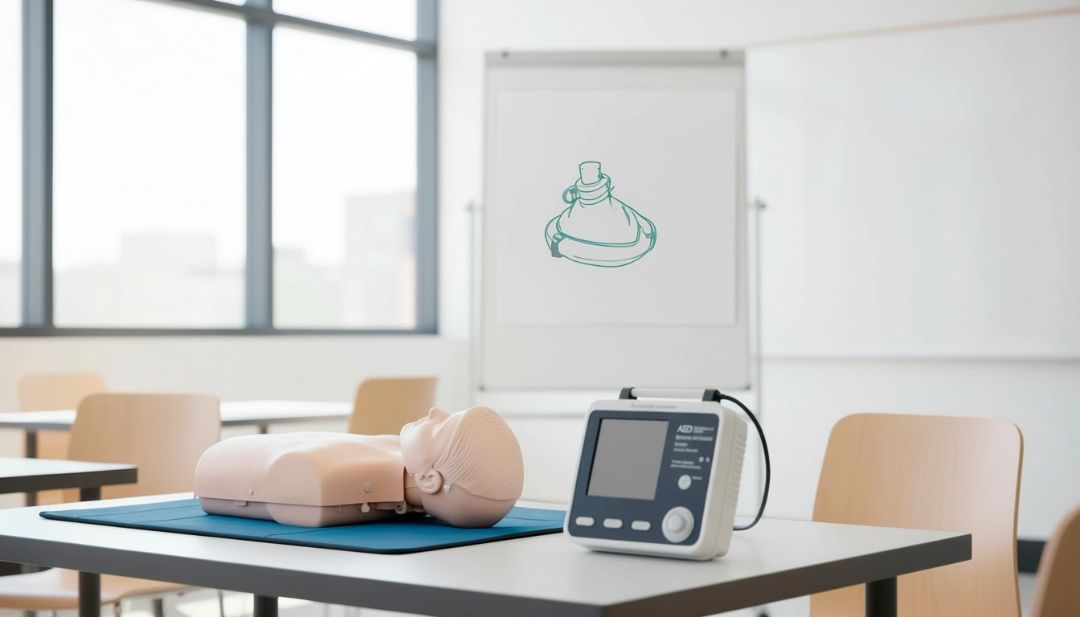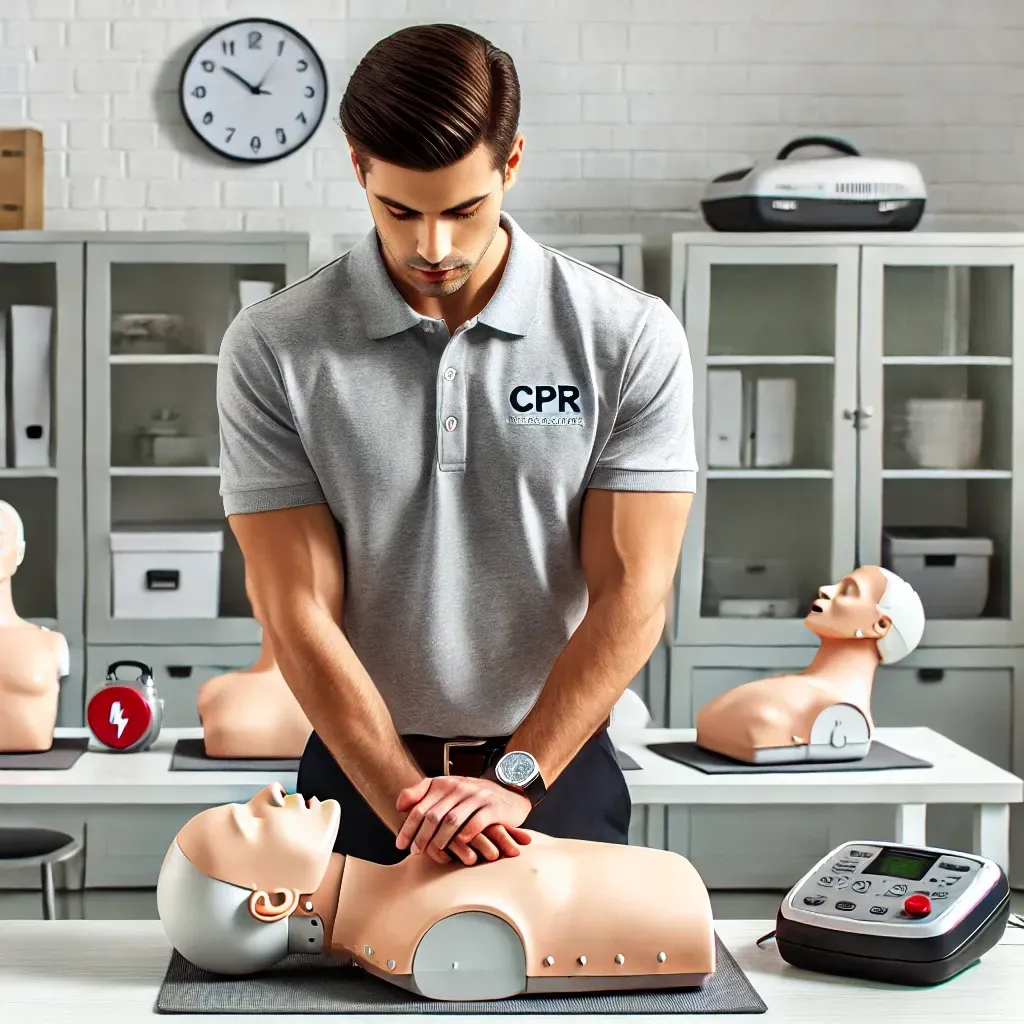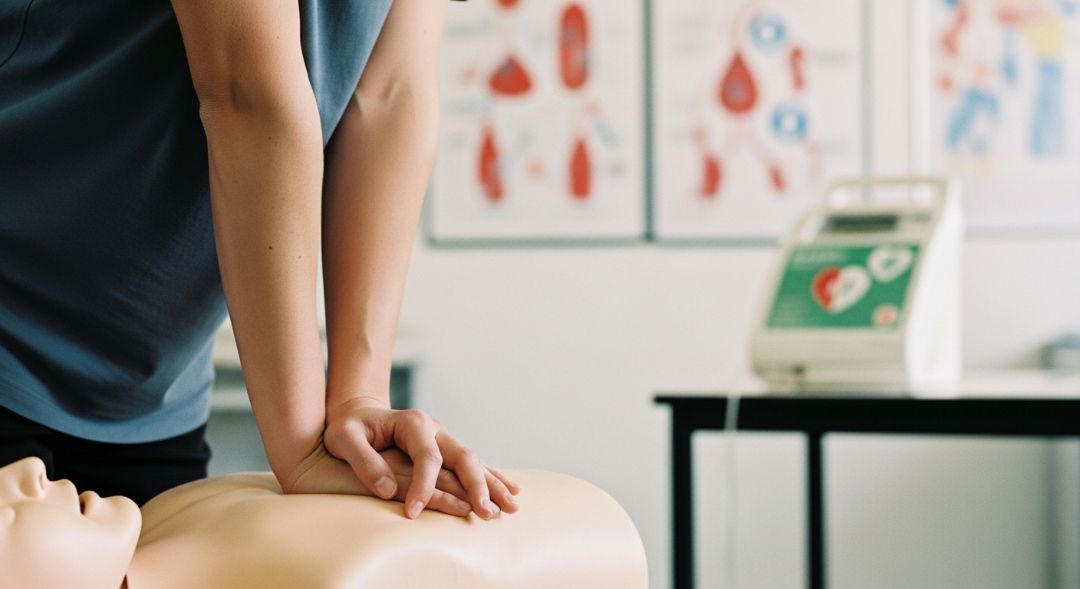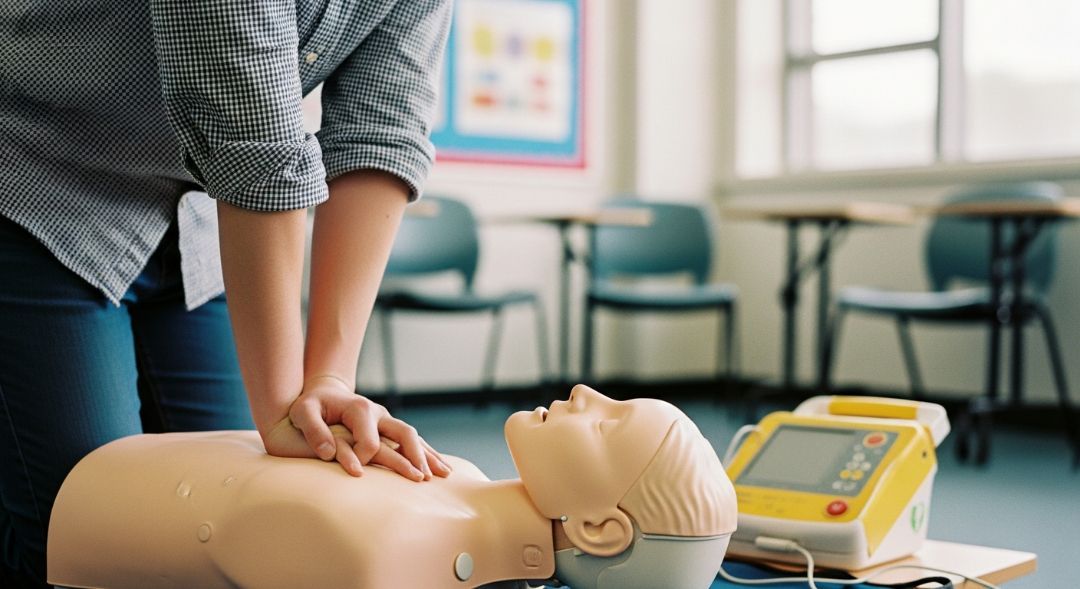On-Site First Aid, CPR, and AED Classes for Industrial Manufacturing
TLDR;
On-Site First Aid, CPR, and AED Classes for Industrial Manufacturing give employees the certified training they need to meet OSHA safety standards and prepare for workplace emergencies. Providers like
CPR Professionals deliver American Heart Association and Red Cross-recognized programs directly at your facility, ensuring compliance, readiness, and a safer culture in manufacturing plants.
Why On-Site Training Is Essential for Industrial Facilities
Industrial environments involve heavy machinery, chemicals, and high-risk processes. When emergencies occur, response time is critical. Having certified employees on-site ensures immediate care before professional responders arrive. On-site training keeps your facility OSHA-compliant and your workforce prepared.
OSHA Mandates and Compliance Requirements
OSHA 29 CFR 1910.151 requires employers to provide adequate medical personnel or trained employees if a facility is not near a clinic or hospital. Manufacturing plants often operate in high-risk zones where quick access to outside medical help is not guaranteed.
On-site First Aid, CPR, and AED classes:
- Ensure compliance with OSHA regulations.
- Provide recognized certifications from AHA, Red Cross, or National Safety Council.
- Reduce potential fines and liability for non-compliance.
Risks in High-Hazard Settings: Fires, Machinery, Chemicals
Manufacturing involves unique dangers. Training must cover these hazards to be effective:
- Electrocution from electrical panels.
- Crush injuries from machinery.
- Burns from chemicals and high-heat operations.
- Respiratory distress due to fumes or dust.
- Spinal trauma from falls.
By training your employees for these scenarios, your workforce becomes a reliable first line of response.
Financial and Cultural Benefits
On-site training does more than protect employees. It delivers measurable business value:
- Reduction in liability costs and insurance premiums.
- Decreased downtime during emergencies through faster response.
- Improved employee morale and confidence in workplace safety.
- Demonstrated commitment to OSHA and corporate responsibility.
What Effective On-Site Classes Cover
Comprehensive training ensures employees are not only certified but also ready to respond under stress.
Core Instruction: Adult, Child, and Infant CPR
Courses cover life-support techniques for all age groups. Employees learn chest compressions, rescue breaths, and response procedures using standardized AHA or Red Cross guidelines.
AED Usage and Response
Automated External Defibrillators are often the difference between compliance and risk. Training includes:
- Identifying when to use an AED.
- Correct placement of pads.
- Following device prompts with confidence.
- Practicing with real or training units available at your facility.
First Aid for Industrial Injuries
Manufacturing facilities face injury types not always covered in basic classes. On-site programs should address:
- Burns from chemicals or equipment.
- Deep cuts and lacerations.
- Eye injuries from debris or chemicals.
- Heat exhaustion and heat stroke in production areas.
- Spinal and crush trauma.
Bloodborne Pathogens and PPE Training
Employees need to understand risks related to exposure to blood or bodily fluids. Training includes:
- Safe glove removal and disposal.
- Proper PPE use.
- Universal precautions for handling contaminated materials.
Industry-Specific Scenario Training
Generic CPR training is not enough for manufacturing. On-site instruction integrates realistic drills:
- Confined space emergencies.
- Chemical exposure responses.
- Lockout-tagout injury simulations.
- Emergency evacuation role play.
These scenarios mirror real risks, so employees know how to act under pressure.
Training Delivery Methods
Different facilities have different needs. Providers like CPR Professionals customize delivery methods for flexibility and compliance.
Fully On-Site, Instructor-Led Training
Instructor-led training provides the most realistic experience. Employees practice on mannequins, AED trainers, and real-life scenarios inside your plant. This builds confidence and retention.
Blended Learning: Online and In-Person
Blended learning saves time and cost by allowing employees to complete theoretical portions online. Skills are verified in person through practical demonstrations.
Train-the-Trainer Programs
For larger organizations, internal trainers can be certified to deliver recurring training. This lowers long-term costs and ensures ongoing compliance across multiple sites.
Choosing the Right Provider
Selecting the correct partner ensures quality instruction and recognized certification.
Accreditation and Certification Bodies
Look for training accredited by:
- American Heart Association (AHA).
- American Red Cross.
- National Safety Council (NSC).
- Health and Safety Institute (HSI).
Customization for Manufacturing Safety
Generic classes miss critical risks. Providers like CPR Professionals tailor training to address:
- Chemical hazards unique to your facility.
- Machinery-related injuries.
- Confined-space emergencies.
In addition to manufacturing,
CPR and AED classes for contractors offer a similar level of customization to address jobsite-specific hazards such as falls, electrical injuries, and equipment malfunctions. This makes on-site safety training equally critical for construction crews working in high-risk environments.
Scalability, Scheduling, and Multi-Location Delivery
Industrial manufacturing often involves multiple plants and large shifts. Choose providers with:
- Capacity to train multiple shifts without disrupting production.
- Flexibility for weekend or evening sessions.
- Ability to deliver consistent training across multiple locations.
Enhancing Readiness with Continuous Improvement
Workplace safety is not a one-time effort. Ongoing training is necessary to maintain compliance and readiness.
Refresher Courses and Certification Renewals
Most certifications last two years. Regular refresher courses keep employees confident and compliant.
Embedding Training into Safety Culture
Safety training should not be limited to checklists. Building it into company culture means:
- Regular safety talks.
- Recognition for employees who complete training.
- Integration of CPR and First Aid into drills and emergency planning.
Companies can also strengthen readiness by partnering with safety suppliers. For example,
Rapid Rescue Kits provides industry-focused rescue kits that complement employee training, ensuring facilities have both certified skills and the right tools available during emergencies.
Emerging Technologies: VR Simulations and Real-Time Drills
Future-focused providers are adding VR and simulation technology to improve training retention. These tools allow employees to experience lifelike scenarios safely.
Workplace Safety Training ROI
Emergency training influences business performance. Key benefits include:
- Lower insurance costs.
- Reduced injury-related downtime.
- Stronger workforce retention through a safe environment.
- Protection from OSHA penalties and lawsuits.
How to Find and Book On-Site Training
Getting started is simple.
- Contact CPR Professionals or other recognized providers like AHA, NSC, or Red Cross.
- Request on-site delivery for your manufacturing plant.
- Customize training to address your facility’s hazards.
- Confirm OSHA compliance standards are met.
- Schedule around your production to avoid disruption.
For added preparedness, workplaces should pair training with proper equipment. A useful resource is the blog on the
right emergency medical kit for your needs, which helps facilities choose kits tailored to their specific risks.
Building a Safer Workplace with CPR Professionals
On-Site First Aid, CPR, and AED Classes for Industrial Manufacturing are the foundation of compliance and preparedness. CPR Professionals delivers training recognized by the American Heart Association and Red Cross, helping companies meet OSHA standards while building a safety-focused workforce.
With programs tailored to the unique risks of manufacturing, your employees receive certification, your facility meets compliance, and your workplace culture prioritizes safety.
